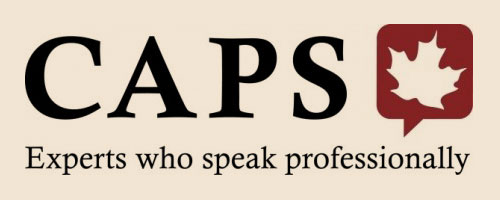WHEN should you address questions in your presentation?
“When giving a presentation, should I save all questions to the end? Or should I take them as they come up, even though it might be distracting or go off topic?”

Especially in work meetings, it makes sense to answer questions as they come up because if someone needs clarification or would like to add additional information to what you’re saying in a way that will be beneficial to the group, it would be helpful to let them ask their question.
In cases like this, I would say YES, address the questions as they come up.
However, to ensure that the interruptions don’t take over and that you maintain control of your presentation at all times, it’s very important to be mindful of the following:
- How LONG: You will probably want to monitor how long the audience can discuss any one particular point. While it’s great if a healthy debate ensues, it shouldn’t be at the expense of your presentation time. Decide when to [respectfully] interrupt, provide an opening for them to resume this debate AFTER your presentation, and then continue with your content.
- How MANY: Keep your audience focused on your content by limiting the number of questions within a particular Q&A timeframe. Two to three questions is a good standard, before moving back to your presentation. This will also communicate to your audience that you’re in control of the presentation, you won’t let the questions take over, AND it will be a relief to those in your audience who just want to move on.
After answering enough questions within one particular timeframe, it’s perfectly appropriate to request that anyone with an additional question:
-
- “Hold” it for a while longer
- Leave it to the end
- Discuss it ‘offline’ (i.e. after the meeting)
(BUT — it’s a good idea for you to be flexible on that last point, because asking your CEO, client, Board member or other critical stakeholder to ‘hold’ their question can be a very career-limiting move).
What’s VERY important in all this is that you keep an eye on the time, and be aware of how long the questions are taking out of your presentation. It’s important for your audience to feel like their feedback is valued, but it’s equally important for YOU to keep control of the meeting (and away from the ramblers and serial interrupters) and present your content in the time allotted to you.
Don’t be afraid to interrupt when the questions have gone on too long, or (even worse?) when different audience members start having a conversation among themselves about any particular question.
Overall, you want your audience to feel like they have a chance to be heard if they have actual questions, or if they have feedback to share.
You also want your audience to know that you’re in control of the meeting every step of the way.
Questions about how you can speak up in a meeting and have the impact you want? I’d love to support you on your speaking journey. Contact me, and let’s talk about it!





